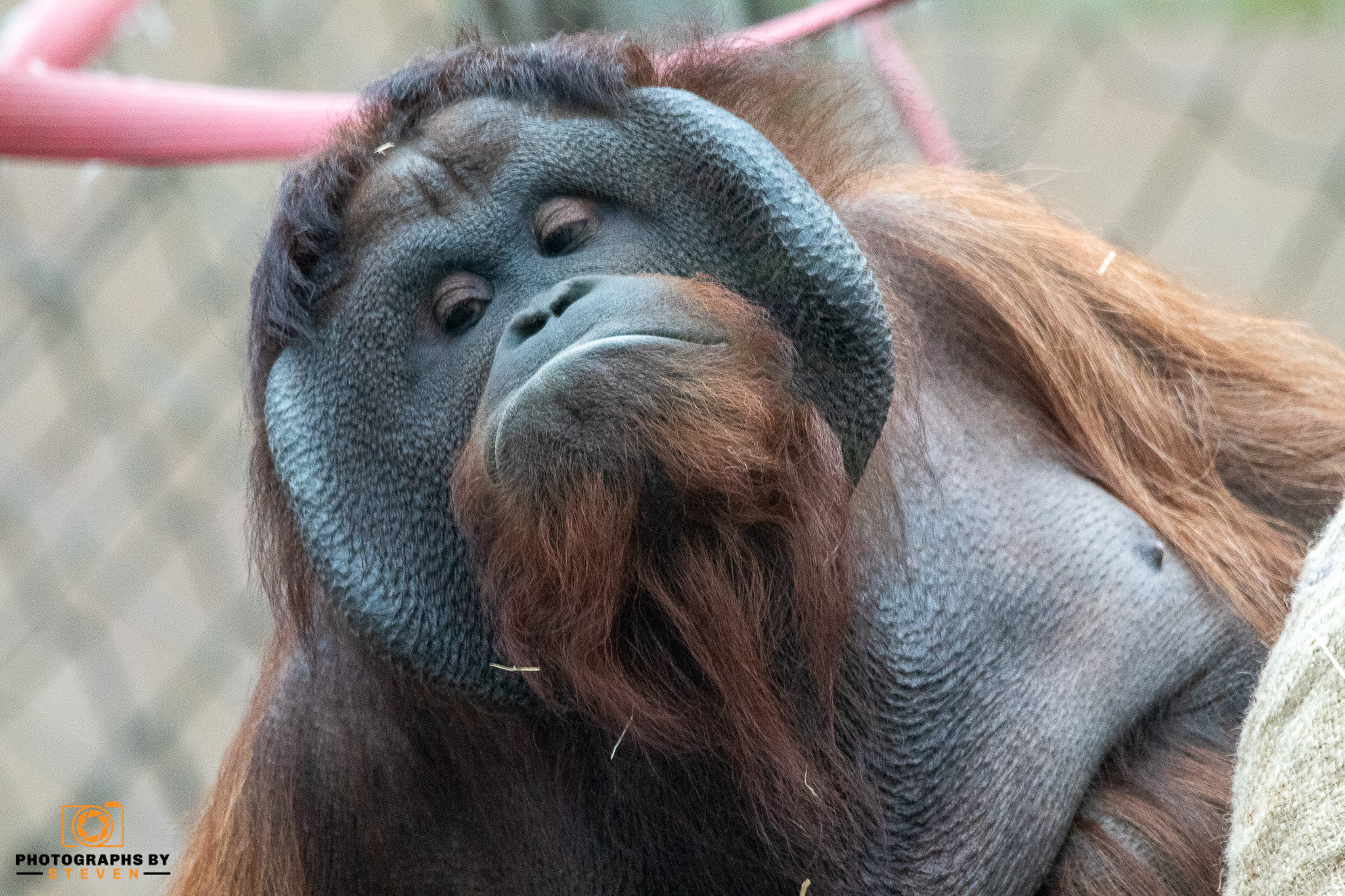As a wildlife photographer in the UK, the journey from shutter to print is one of passion, patience, and precision. Each step is essential to creating a tangible piece of art that captures the beauty and diversity of UK wildlife. This article aims to guide you through this captivating journey.
Capturing the Shot
The work of a wildlife photographer begins with understanding the wildlife and their habitats. A wildlife photographer must research the best locations to capture stunning images. Ashdown Forest in Sussex Weald, Hermaness National Nature Reserve in Shetland, and the Ardnamurchan Peninsula in Argyll are among the top recommended spots by experts in the UK.
Aside from their natural beauty, these locations offer a variety of wildlife, from rare birds and insects to Scottish wildcats and otters. Whether you're exploring the lowland heath of Godlingston in Dorset or strolling through the North Wessex Downs, the UK provides a wildlife photographer with a vibrant palette of biodiversity to explore.
Post-Processing
After capturing the perfect shot, the wildlife photographer's journey continues in the digital darkroom. Through careful editing, they refine the image's contrast, sharpness, and colours, preserving the authenticity of the scene while enhancing its beauty.
From Digital to Physical: The Print
Finally, the wildlife photographer transforms the digital image into a physical print. This process involves selecting the right paper and ink to ensure the print captures the vibrant colours and intricate details of the original photograph.
A Day in the Life of a Wildlife Photographer
To fully understand the journey of a wildlife photographer, let's delve into what a typical day might look like.
A wildlife photographer's day often starts before sunrise. They head out to locations such as Prees Heath in Shropshire or the Vale of White Horse and Berkshire Downs in England, where the early morning light provides excellent conditions for photography. This "golden hour" illuminates the wildlife with a soft, warm glow that enhances the beauty of the photograph.
Capturing a wildlife image is not as simple as pointing a camera and shooting. It involves careful positioning, patience, and an in-depth understanding of the animal's behaviour. In the Yorkshire Dales, for instance, the changing weather and shifting light conditions provide unique opportunities to capture wildlife dealing with different conditions.
Once the photo session concludes, the wildlife photographer's work continues. They review and select the best images, then begin the post-processing phase. This might involve cropping the image, adjusting the lighting, or fine-tuning the color balance to bring the photo to life.
Wildlife Photography and Conservation
A significant aspect of being a wildlife photographer involves contributing to wildlife conservation. By showcasing the beauty and importance of wildlife through their work, photographers like Steven can inspire others to respect and protect these magnificent creatures.
Locations such as Strathspey in the Cairngorms National Park in Scotland, home to the wildcat, golden eagle, and capercaillie, emphasise the importance of preserving these habitats for future generations.
FAQs About Wildlife Photography
1. Can wildlife photography include zoo photography?
Yes, zoo photography can indeed be a part of wildlife photography. It offers a different set of challenges and opportunities, such as the ability to capture exotic species that might not be native to the UK.
2. Can I purchase prints from wildlife photographers?
Absolutely! Prints from renowned wildlife photographers like Steven are available for purchase. These prints allow you to bring a piece of the UK's stunning wildlife into your home or office.
3. What's the most important skill for a wildlife photographer?
Patience is key. Wildlife doesn't always cooperate, and a wildlife photographer often needs to wait for hours, or even days, to capture the perfect shot.
4. What equipment does a wildlife photographer need?
A wildlife photographer needs a good camera, a variety of lenses, and often a tripod. A telephoto lens is especially useful for capturing wildlife from a distance.
5. Can I become a wildlife photographer?
Yes, anyone with a passion for wildlife and photography can become a wildlife photographer. It requires dedication, patience, and a willingness to learn, but it's a highly rewarding pursuit.
Prints from Photographs by Steven
As a renowned wildlife photographer, Steven's work captures the stunning biodiversity of the UK. His prints, available for purchase, provide a unique opportunity to celebrate and appreciate the beauty of UK wildlife in your own home.
The journey of a wildlife photographer from shutter to print is filled with passion and dedication. Each photograph is a testament to the beauty of UK's wildlife, and through their prints, photographers like Steven allow us to bring a piece of that beauty into our own homes.
Remember, whether it's a print of a majestic lion or a snapshot of a playful meerkat, each print is a reflection of the wildlife photographer's journey - a journey of patience, passion, and an unwavering dedication to showcasing the beauty of wildlife.



Leave me a comment
Thank you for reading my post, if you want to leave a comment, you can do so below.